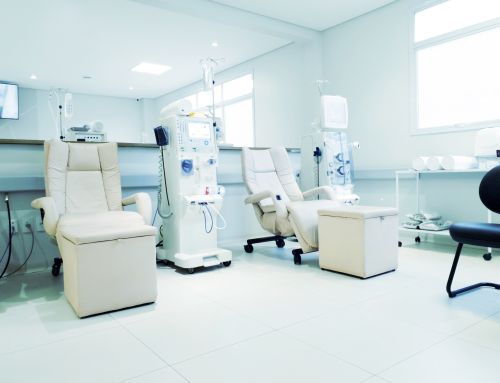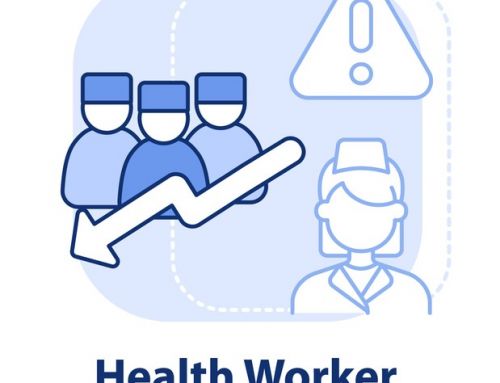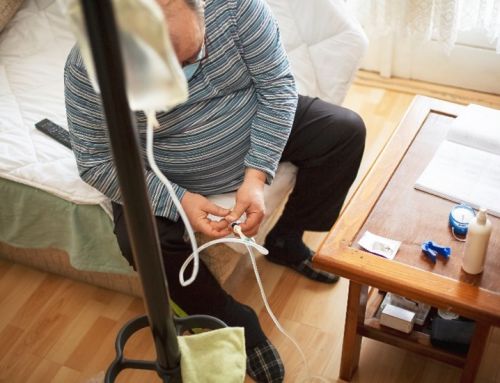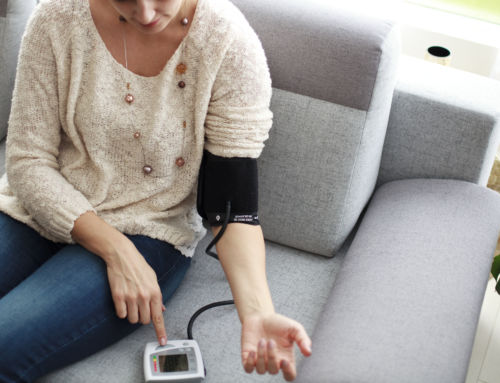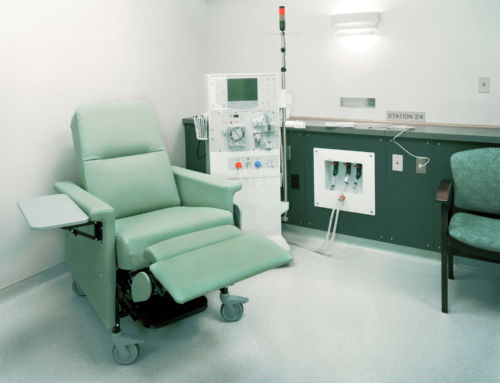Andrew Slavitt, Acting Administrator
Centers for Medicare and Medicaid Services
Department of Health and Human Services
Hubert H. Humphrey Building
200 Independence Avenue, SW
Washington, D.C. 20201
Re: CMS-1651-P: End-Stage Renal Disease Prospective Payment System, Quality Incentive Program
Dear Mr. Slavitt:
Dialysis Patient Citizens (DPC) appreciates the opportunity to provide the Centers for Medicare and Medicaid Services (CMS) with comments on the proposed payment rule for the Medicare End Stage Renal Disease (ESRD) program. As America’s largest patient-led organization representing dialysis patients, DPC’s membership consists of more than 28,000 dialysis and pre-dialysis patients and their families. We seek to ensure the patient point of view is considered by policy makers.
DPC’s mission is to improve the quality of life of dialysis patients by engaging policy makers, providers and the public. Through patient education, empowerment and advocacy, we work to increase awareness about kidney disease and promote favorable public policy. However, improving quality of life for patients can only go so far without improving the quality of care patients receive. DPC knows that a diagnosis of ERSD does not mean the end of life. Dialysis patients can lead long and productive lives because Congress and CMS have shown commitment to ensuring patients have access to quality kidney care. It is for these reasons that we respectfully submit comments on the NPRM.
We will focus our comments on this year’s rule on topics related to the future of ESRD care, a theme that is broached by the proposal of new QIP measures that take effect several years into the future, as well as by CMS’ requests for comments on innovative approaches to care delivery and financing.
Proposal to add hospitalization ratios to the QIP
We agree with consensus among health policy thought leaders, government officials and the kidney care community that outcome measures must be emphasized in pay-for-performance programs. But as we have said before, we disagree with the premise—apparently adopted without much thought or discussion—that P4P rankings should result from nationwide tournaments. This format clearly disadvantages certain providers based not on the quality of care they deliver but on the demographics of the geographic area they serve.
We believe this poses a unique problem for access to dialysis care because of the national and international scope over which large dialysis provider organizations operate. While a hospital in Appalachia or the Deep South that is financially penalized for poor quality outcomes may have difficulty appealing to a lender for capital, it will still have many local champions advocating its continuing existence as a resource for that community (and often its largest employer). But investment decisions for large dialysis organizations are subject to less influence at a local level. A region with an objective need for increased dialysis infrastructure—and many of those regions are poor, and have poor health indicators—will be subject to a strict evaluation of costs and benefits, including the likelihood of QIP payment reductions.
We propose a simple decision rule for regulators: if corporate executives are capable of judging, based purely on location or demographics, whether a facility is likely to be penalized under the QIP, then a QIP measure permitting such a prediction should be altered. We note that outcome measures such as hospitalization ratios and mortality ratios have been devastating to the Dialysis Facility Compare star ratings given to clinics in disadvantaged regions. It has also been noted that CAHPS patient satisfaction scores tend to be lower in urbanized areas. We urge that outcome measures in the QIP be calculated to compare facilities to their peers, not to a universe of facilities in which those serving affluent or health-conscious populations are given a head start.
Alternative approaches to CEC Model/ innovations appropriate for smaller dialysis organizations
We believe that comprehensive care coordination service delivery models represent the future of ESRD care. The ESRD Disease Management Demonstration a decade ago, and subsequent Special Needs Plan sites, have proven that making the dialysis clinic the hub of all an ESRD patient’s care will improve outcomes and reduce resource use.
It is disheartening that this model of care has not been brought to scale through compatible payment models. Take-up of the ESCO model has been disappointing. This is understandable, given the risk involved to providers and lack of start-up funding, which is a particular problem for smaller providers. Small dialysis organizations (SDOs), in our experience, have smart, committed leadership that needs to be marshaled to participate in this movement. Their leaders have pointed out – and we are in agreement – that scaling a comprehensive ESRD care coordination model could put them at a competitive disadvantage to LDOs, causing the possibility of further market consolidation and diminished choice for consumers.
Again, given the high costs of ESRD and the magnitude of savings available when complications are avoided, we think that such a payment model must be considered for the CKD population.
Home dialysis training
Finally, DPC strongly supports efforts to increase the use of home modalities and therefore commends CMS’ proposal to increase reimbursement for the training for home dialysis patients by enhancing the training add-on from 1.5 to 2.66 hours of nurse labor. However, we do not agree that this add-on must be budget neutral within the ESRD PPS.
First, there is no legal mandate requiring this step. But more importantly, viewing budget neutrality as a goal to be accomplished within the dialysis budget is short-sighted. Data presented in the United States Renal Data System annual reports clearly shows that overall Medicare expenditures for ESRD patients using peritoneal dialysis are lower than for in-center patients. Further, a Canadian study comparing costs of patients receiving nocturnal home hemodialysis (HNHD) to those treated in-center found that the home patients spent, on average, five fewer days in the hospital over the course of a year (1.8 days vs. 6.8 days), resulting in total cost for hospital admissions and procedures that was only 15 percent of the cost for in-center patients, as well as medication costs that were 25 percent lower.[1] It is important that CMS explore whether add-on payments within the ESRD bundle are investments with a potential for lowering Part A expenditures, and we suspect that this will not be the last such opportunity. In this case, the likelihood of lower expenditures is clear, and we request that the ESRD payment not be reduced for the training add-on.
Thank you again for your consideration of our comments and concerns. If you have any questions or would like additional information, please do not hesitate to contact me or our Government Affairs Director Jackson Williams (at 202-789-6931 or jwillaims@dialysispatients.org).
Sincerely,
Hrant Jamgochian, J.D., LL.M.
Chief Executive Officer

